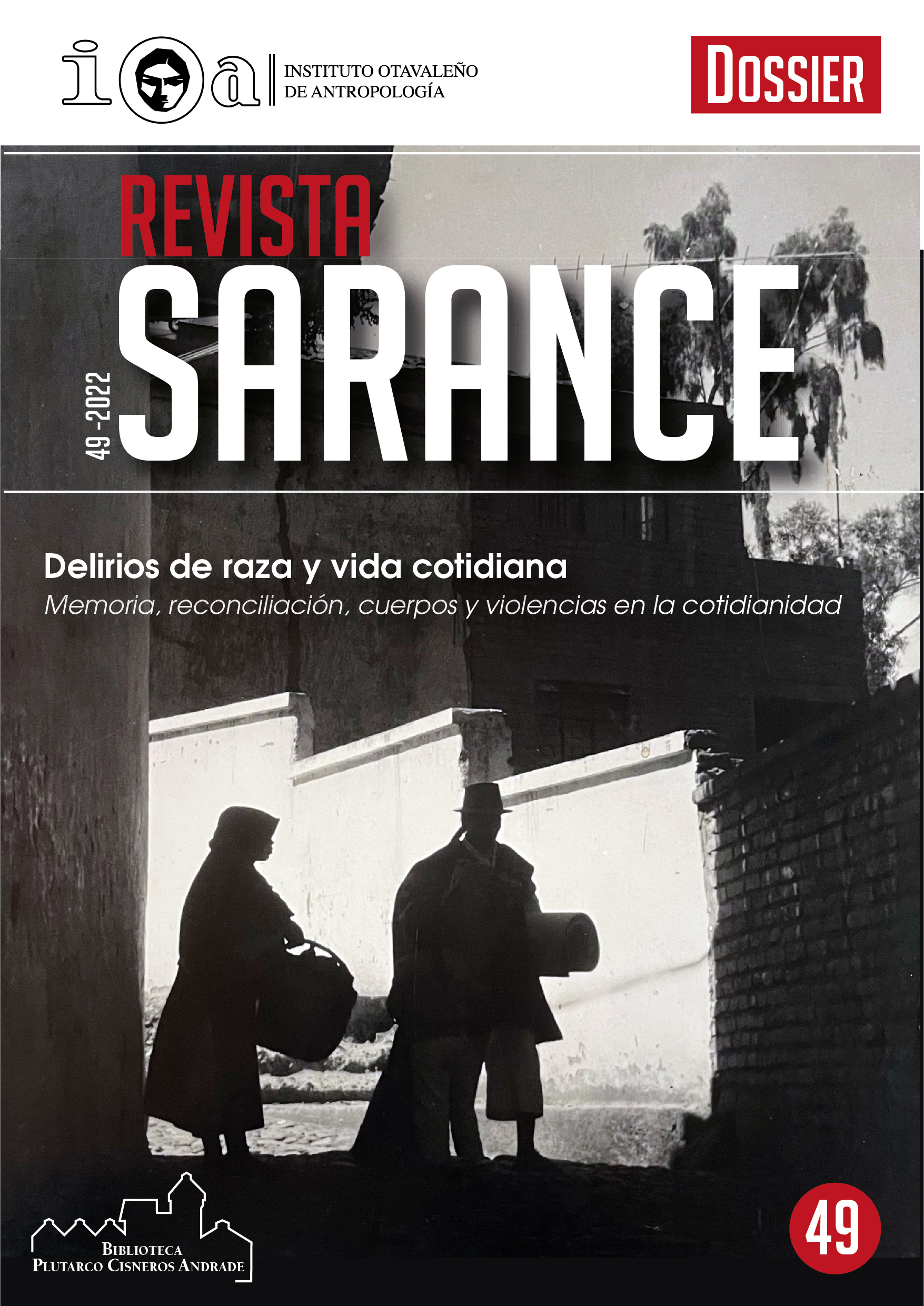Abstract
“Indigenous Art: From Appreciation to Art Criticism” begins with Australian Aboriginal artist Vernon Ah Kee’s complaint that no one writes critically about his art. His claim recognizes that contemporary art, that is art that participates in international art discourses and institutions, only completely achieves this status when it is engaged critically. The failure to attract such criticism leaves Aboriginal art, as a class, out of the top sphere of the art world. This resistance may be due to institutional racism: the dominant culture refuses to recognize Aboriginal art as contemporary art. Or, perhaps the work is so advanced and different from the dominant modes that it cannot be fully apprehended by current critical writers and their worldviews. Until recently, Aboriginal art was appreciated as beautiful and interesting by collectors but institutions recognized it less as art than as works of culture. Such works were more often relegated to museums as anthropological items than displayed in art galleries as art.
To avoid significant misreading and misuse, it is important to distinguish between Aboriginal art and Indigenous art. Aboriginal art is either customary art or art designed for non-Aboriginal appreciation but that does not engage international art world discourses and institutions. Indigenous art is a new class of works that do engage international art world discourses and institutions. A crucial requirement of which is writing that shows how that art work so participates. With the rise of Indigenous artists working in non-customary styles and content, and the rise of Indigenous curation, some of this art is clearly contemporary art and, as a requirement of status, needs to be written about critically. If non-Indigenous writers are unwilling or unable to so engage, Indigenous contemporary artists need a new generation of Indigenous critics of Indigenous art. However, they also could use ally writers who perform non-colonially by learning how to “read” and write about this work.

This work is licensed under a Creative Commons Attribution-NonCommercial-ShareAlike 4.0 International License.
Copyright (c) 2022 Array





